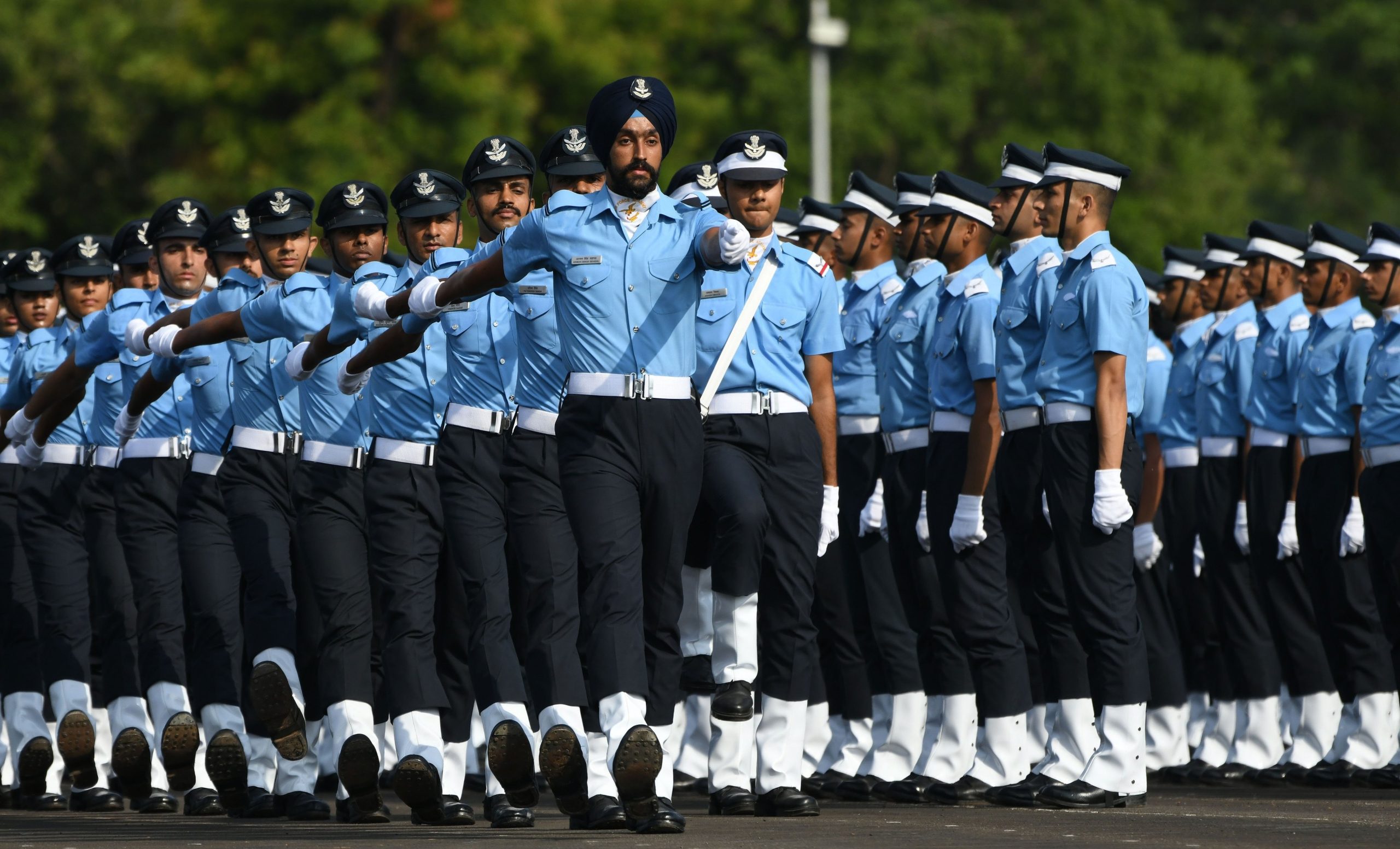The math’s curriculum of AFCAT is basically 8 topics of quantitative aptitude. These topics with the highest weightage to lowest weightage of questions in AFCAT Numerical Ability Section which includes around 18 questions are;
- Speed, Distance and Time
- Work and Time
- Percentage
- Average
- Simple and Compound interest
- Ratio & Proportion
- Profit & Loss
- Decimal Fraction/ Simplification
In AFCAT exam mathematics is the subject from where you can score 100%. Though questions in Numerical Ability Section are based on simple 10th level arithmetic, what one needs to be good with are the Important Formulas, Simple tricks and tips, Accurate calculation-based approach and finally Improves one’s speed of doing the questions which are interconnected and dependent as a cycle of shortcut bunch of Best confidence to have in one’s to appear for any question in Numerical Ability Section of your AFCAT 2020 exam paper.

This article gives you a clear idea about all those important formulas on each topic in Numerical ability syllabus as mentioned above starting with the highest weightage topic to lowest weightage topic.
1. Speed, Distance and Time (SDT)
Speed: The distance travelled by any object or a person per unit time is known as speed of that object or a person.
Distance: The length of the path travelled by any object or a person or a vehicle between two places is known as ‘Distance’.
Time: The duration in hours, minutes or seconds spent to cover distance is called ‘Time’.
Conversion of unit: (Most frequently used shortcut in problem solving on SDT topic)

Average Speed: The average speed of an object is defined as total distance travelled divided by total time taken. Shortcut formula
Relative Speed: The speed of an object with respect to other is called relative speed.
Suppose two objects are moving with speeds of x km/h and y km/h respectively, then their relative speed will be;
- (x + y) km/h, if both the objects
are moving in opposite direction. - (x – y) km/h, if both the objects
are moving in the same direction.




2. Work and Time
Most of the aptitude questions on work and Time can be solved if you know the basic correlation between time, work and man-hours which you have learnt in your high school class.



Simple tricks to be followed to solve problems based on Pipes and Cisterns:
- Time taken to fill tank is
considered as positive and noted with (+) sign. - Time taken to empty tank is
considered as negative noted with (-) sign. - If a pipe can fill or empty a
tank in x hours, then the part of tank filled or emptied in 1 hour is 1/x. - If pipe can fill or empty 1/x
part of a tank in 1 hour, then it can fill or empty the whole tank in x hours. - If a pipe fills a tank in x
hours and another pipe fills the same tank in t hours. Then total part filled
by both pipes in 1 hour is 1/x + 1/y.
3. Percentage
Per cent is a fraction whose denominator is 100 and numerator of the fraction is called the rate per cent. Per cent is denoted by the symbol ‘%’

4. Average
Average refers to the sum of observations divided by number of observations. Also called as mean average.

5. Simple & Compound Interest
Interest is the cost of borrowing money, where the borrower pays a fee to the lender for using the latter’s money. The interest, typically expressed as a percentage, can be either simple or compounded. Simple interest is based on the principal amount of a loan or deposit, while Compound interest is based on the principal amount and the interest that accumulates on it in every period. Since simple interest is calculated only on the principal amount of a loan or deposit, it’s easier to determine than compound interest.


6. Ratio and Proportion
If a and b are two quantities of same kind, then the fraction a/b is called the ratio a to b and we write it as a: b. Here a is called antecedent and b is called the consequent.
Shortcuts for frequently asked Ratio and Proportion problems:
Compound Ratio: When two or more ratios are multiplied together, they are said to be compound ratio.
Duplicate Ratio: when a ratio is compounded with itself, the resulting ratio is called the duplicate ratio.
Triplicate Ratio: If a ratio is compounded three times with itself, then resulting ratio is called triplicate ratio.
Subduplicate Ratio: If two numbers are in ratio, then the ratio of their square roots is called Subduplicate ratio.
Subtriplicate Ratio: If two numbers are in ratio, then the ratio of their cube roots is called Subtriplicate ratio.
Reciprocal Ratio: If a: b is a ratio, then 1/a: 1/b is its reciprocal ratio.
Proportion: The equality of two ratios is called proportion. ‘::’ is the sign of proportion.

7. Profit & Loss
Cost Price: The price, at which an article is purchased, is called its cost price, abbreviated as C.P.
Selling Price: The, price, at which an article is sold is called its selling price, abbreviated as S.P.
Profit or Gain: If S.P. is greater than C.P. the seller is said to have a Profit or Gain.
Loss: If S.P. is less than C.P. then the seller is said to have incurred a Loss.

8. Decimal Fractions/Simplification
A decimal fraction is a fraction in which denominator is an integer power of ten. (The term decimals are commonly used to refer decimal fractions). Generally, a decimal fraction is expressed using decimal notation and its denominator is not mentioned explicitly.
Simplification: Rule of ‘BODMAS’: This BODMAS rule depicts the correct sequence in which the operations are to be executed, so as to find out the value of given expression. Full form of BODMAS is B – Bracket, O – of, D – Division, M – Multiplication, A – Addition and S – Subtraction. Thus, while solving or simplifying a problem, first remove all brackets, strictly in the order (), {} and ||. After removing the brackets, we will use the following operations strictly in the following order: (i) of (ii) Division (iii) Multiplication (iv) Addition (v) Subtraction.



















